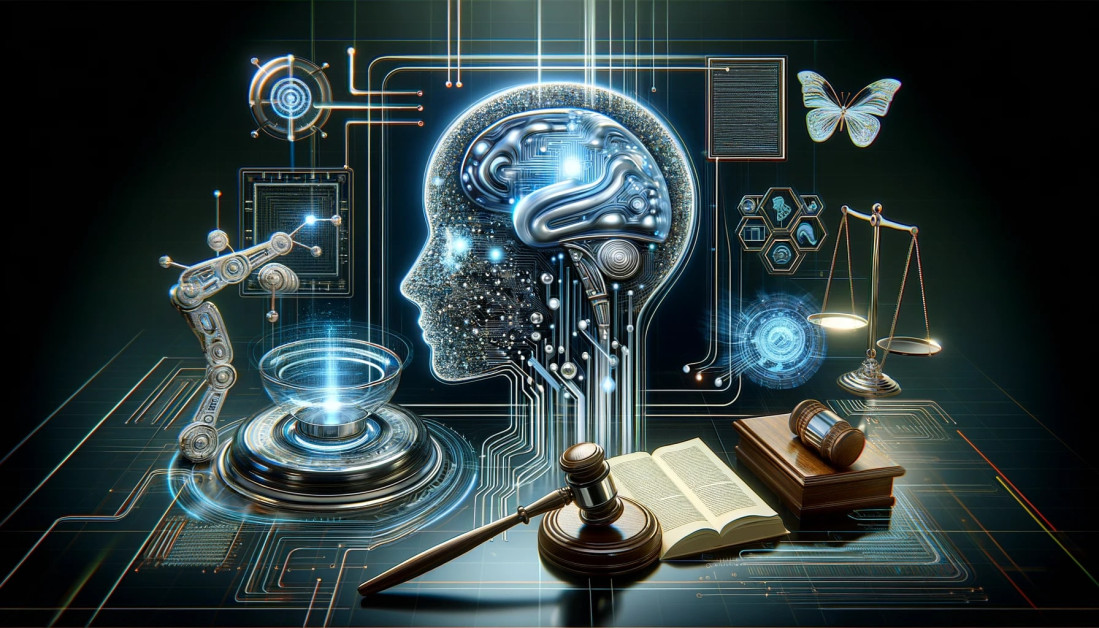In a landmark legal battle, The New York Times has filed a lawsuit against tech giants OpenAI and Microsoft, alleging copyright infringement related to the use of their artificial intelligence-powered language models (LLMs) in news generation.
The lawsuit underscores the clash between traditional human-driven journalism and AI-powered information dissemination and raises significant questions about the adaptation of copyright law to emerging technology.
The challenge of copyright law in the AI era
Copyright law, a framework rooted in the era of the printing press, is now grappling with the complexities posed by advanced AI systems like ChatGPT. Designed long before the advent of LLMs, this legal framework must evolve to suit contemporary circumstances.
Central to the lawsuit is the fair use doctrine, enshrined in the Copyright Act of 1976. It provides guidelines for the acceptable use of copyrighted material and involves four key factors:
Nature of Use: Educational and nonprofit purposes are more likely to be deemed fair use.
Creativity vs. Technicality: Creative works receive more copyright protection than technical or news writing.
Amount Used: The extent of copying matters.
Market Impact: Courts consider whether the use harms the present or future market for the original work.
The times’ perspective
The New York Times argues that ChatGPT and Bing frequently produce content resembling their articles when users query them. Furthermore, they emphasize that these AI models are integral to the business operations of OpenAI and Microsoft. The Times asserts that this practice substantially threatens its business model, as users may turn to AI-generated news, thereby undermining their subscription-based revenue.
OpenAI and Microsoft’s defense
OpenAI and Microsoft are poised to defend their position by asserting that LLMs like ChatGPT do not copy but rather learn and generate content based on statistical predictions. They may liken this process to a writer drawing inspiration from existing material to craft a new perspective, which does not constitute copyright infringement.
Additionally, they could argue that news, being fact-based, should be subject to more lenient copyright considerations compared to creative works.
The business threat dilemma
One critical aspect that OpenAI and Microsoft might struggle to refute is the potential harm their products pose to news organizations. LLMs are reliant on existing news sources for information and cannot independently gather and verify new facts.
This reliance on human-generated content is at the core of journalism, and it entails substantial costs to ensure accuracy and reliability.
Moreover, trust in news sources is paramount for the public. Reliable institutions with a track record play a vital role in upholding this trust. If AI-driven news consumption undercuts traditional news outlets, there could be a detrimental impact on the integrity of the news industry.
The public interest and the fair use question
The lawsuit also raises questions about the public interest in maintaining a free press. If AI-generated news becomes a cheaper alternative to traditional journalism, subscribers may abandon their subscriptions. However, this mass exodus could lead to the demise of established news organizations, threatening the diversity and quality of news available to the public.
Incorporating this public interest into copyright law presents a complex challenge for the courts. While literal copying is straightforward to address, if LLMs can generate summaries in different words, the copyright infringement argument weakens. Nonetheless, such summaries could still have a detrimental impact on news organizations, potentially leaving society without reliable sources of information.
The role of courts and potential congressional action
Courts must navigate these intricacies carefully. If they fail to strike the right balance, it may necessitate intervention from Congress to amend copyright laws to address the unique challenges posed by AI-generated content.
The news industry is already facing significant challenges, and any missteps in legal decisions could have profound implications for the future of journalism and, ultimately, democracy itself.





